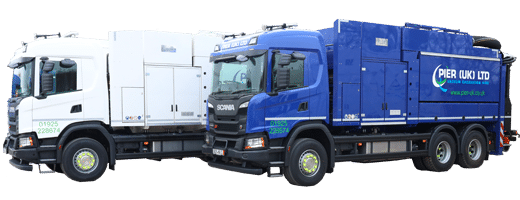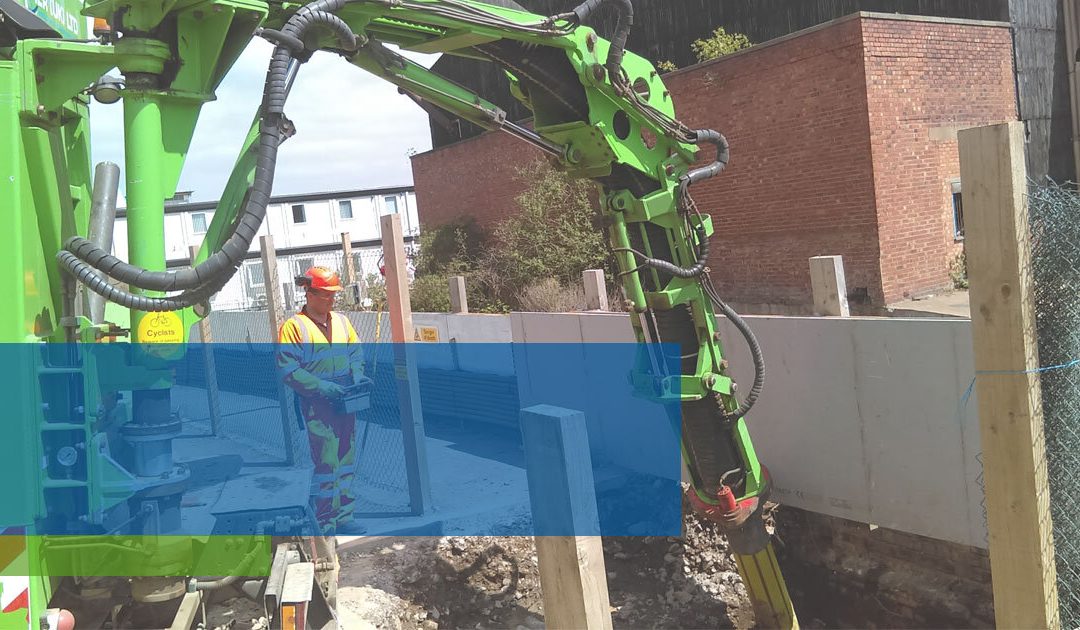Safe excavation and groundworks are an integral part of modern construction work, but with Health and Safety regulations continually being changed and updated, completely the work in a quick, efficient and safe manner can be quite the challenge.
The PIER (UK) team have 7 tips in which you can ensure you have a safe excavation.
1. Establish what you are up against
The first and most important step to safe excavation is knowing what lies beneath. The modern roads and pavements can contain huge and complex networks of pipes and cables which means that it is more essential than ever to be properly prepared.
With modern techniques such as Ground Penetrating Radar can be widely beneficial in helping to isolate which services already exist on-site.
2. Plan your work effectively
When excavating the ground, mistakes can prove to be fatal and this is why it is essential to conduct a thorough risk assessment, detailing any possible dangers posed by the existing underground services.
3. Brief your staff correctly
Damage to services such as electricity, gas, and water have been responsible for many deaths and serious injuries. Many of these incidents could have been prevented if the risks had been correctly identified and the workers were adequately prepared.
The on-site manager needs to take the time to brief the workers and ensure that they are equipped to deal with almost any event, no matter how big or small.
4. Choose the right method for the job
Safe excavation shouldn’t be left up to chance and there are a number of times when a shovel and spade are far too risky. Fortunately, modern excavation techniques such as Vacuum Excavation drastically reduces the amount of contact necessary between the on-site workers and the buried services. This is also a quicker and more efficient method and will vastly reduce the risk of service strikes.
5. Expose the surface safely
Vacuum Excavation is an increasingly popular way to safely excavate around buried surfaces. The high-powered truck’s remote excavation arm is able to quickly and expertly remove the debris from the area and requires no manual digging.
If traditional methods have been chosen, it is essential that all on-site workers understand the potential risks involved and that they are able to use detection tools to practise safe excavation techniques by manually digging without the use of dangerous power tools.
6. Wear appropriate clothing
If you have decided to have your on-site workers expose the surface manually, it is vital that they are wearing the appropriate safety clothing. Working with a bare chest increases the risk of severe burns and man-made fibres can melt into the skin. In the unfortunate event that a live electric cable or gas pipe is struck, specially designed protective clothing could save a life.
7. Update your plans
If a change arises, you and your team may not be adequately prepared to meet the change and so, we urge you not to plough on as normal. You need to adapt your plan to incorporate the change and ensure that everyone is correctly briefed and the risk assessment is amended. This will cover you from a Health and Safety perspective and also helps to minimise the risk of any costly service strikes.
As the industry leaders in Vacuum Excavation Hire, PIER (UK) will listen carefully to their customers’ requirements and provide a solution that is suitable for the job at hand.
You can contact our team on email or on 01925 228 674. Alternatively, you can view our latest projects on our Social Media platforms: Facebook, LinkedIn and Twitter.


